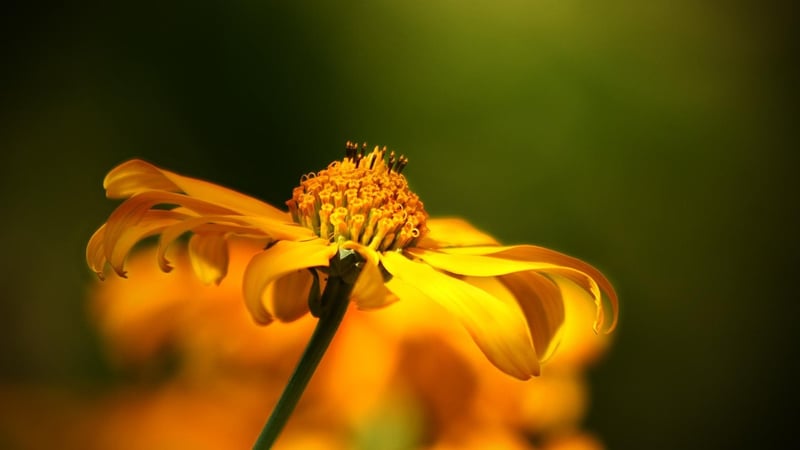Floral Research
Exploring Plant Behavior Through Floral Research

Plants are not just stationary organisms; they exhibit fascinating behaviors that have intrigued researchers for centuries. One area of study that sheds light on plant behavior is floral research, which delves into the intricate mechanisms behind flower development, pollination, and adaptation.
The Intriguing World of Plant Behavior
Plants have evolved various mechanisms to maximize their chances of survival and reproduction. From the way they respond to light and gravity to their ability to communicate with other organisms, plants exhibit complex behaviors that are still being unraveled by scientists.
Floral Research: Unveiling the Secrets of Flowers
Flowers are not merely beautiful; they are the reproductive organs of plants and play a crucial role in their survival. Floral research focuses on understanding the genetic, physiological, and ecological aspects of flowers.
- Flower Development: Scientists study the genetic pathways and environmental cues that govern how flowers develop from buds to fully bloomed structures.
- Pollination: Investigating the mechanisms by which flowers attract pollinators such as bees, butterflies, and birds is essential for understanding plant reproduction.
- Adaptation: Flowers have evolved diverse shapes, colors, and scents to adapt to their environments and ensure successful pollination and seed dispersal.
Applications of Floral Research
Floral research has far-reaching implications beyond academic curiosity. Understanding plant behavior and flower biology can have practical applications in various fields:
- Agriculture: Insights from floral research can help improve crop yields by optimizing pollination strategies and enhancing plant reproductive success.
- Conservation: Studying the floral diversity of ecosystems is crucial for conservation efforts aimed at preserving plant species and their habitats.
- Medicine: Many plant compounds with medicinal properties are found in flowers, making floral research relevant to drug discovery and natural remedies.
Conclusion
Exploring plant behavior through floral research offers a glimpse into the intricate and dynamic world of plants. By unraveling the secrets of flowers, scientists can not only deepen their understanding of plant biology but also harness this knowledge for a wide range of practical applications.
Next time you admire a blooming flower, remember that there is a wealth of scientific discovery behind its beauty.
